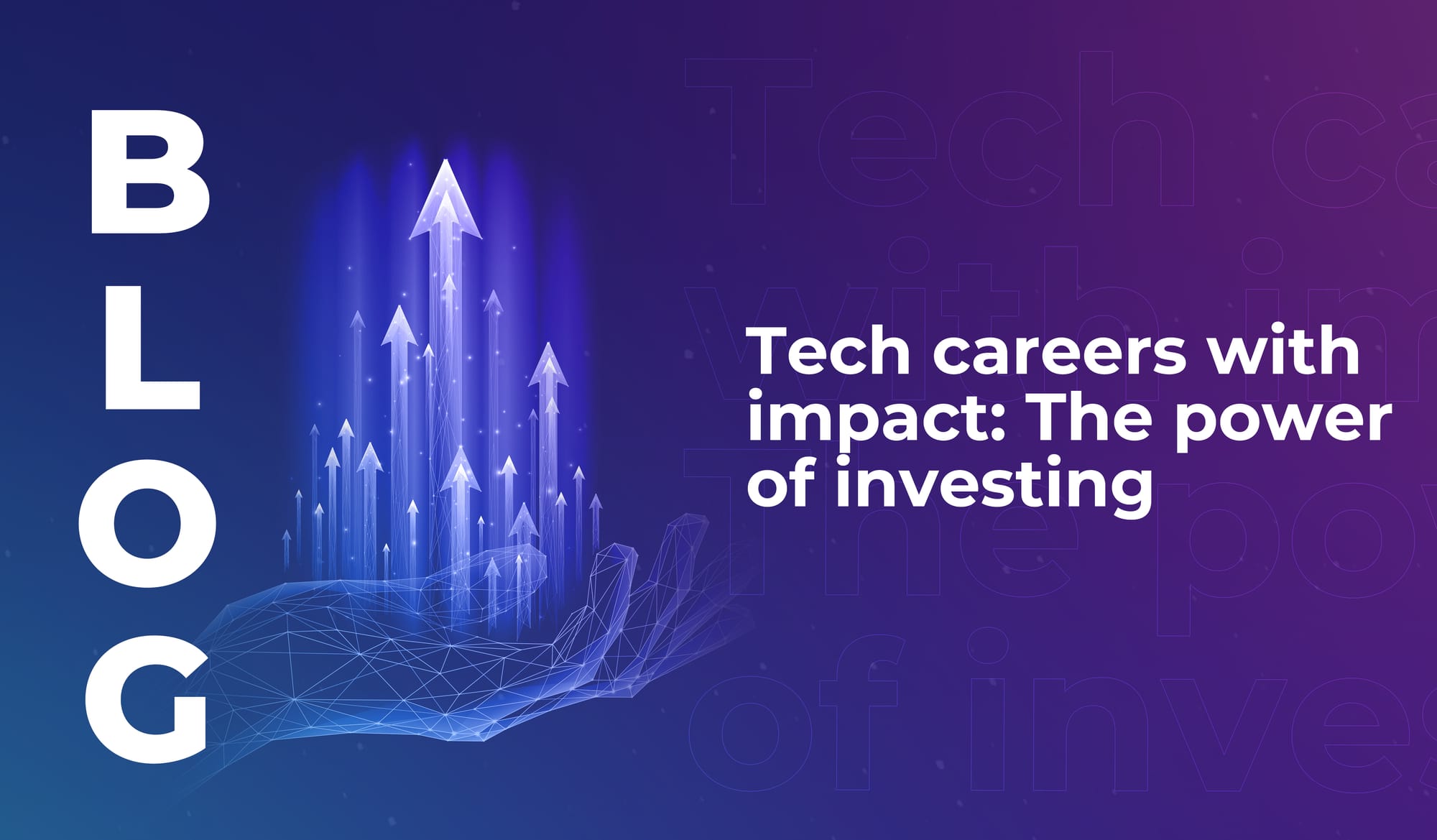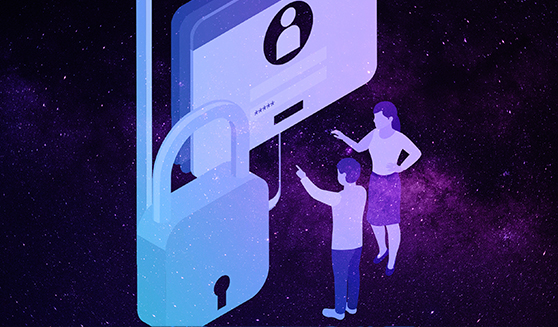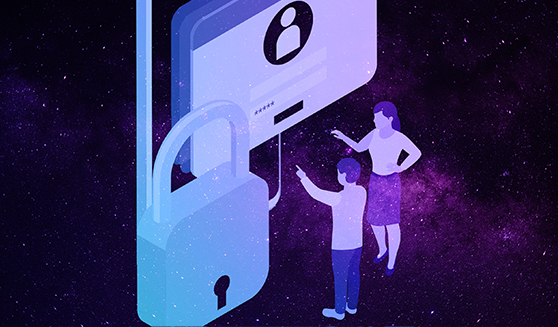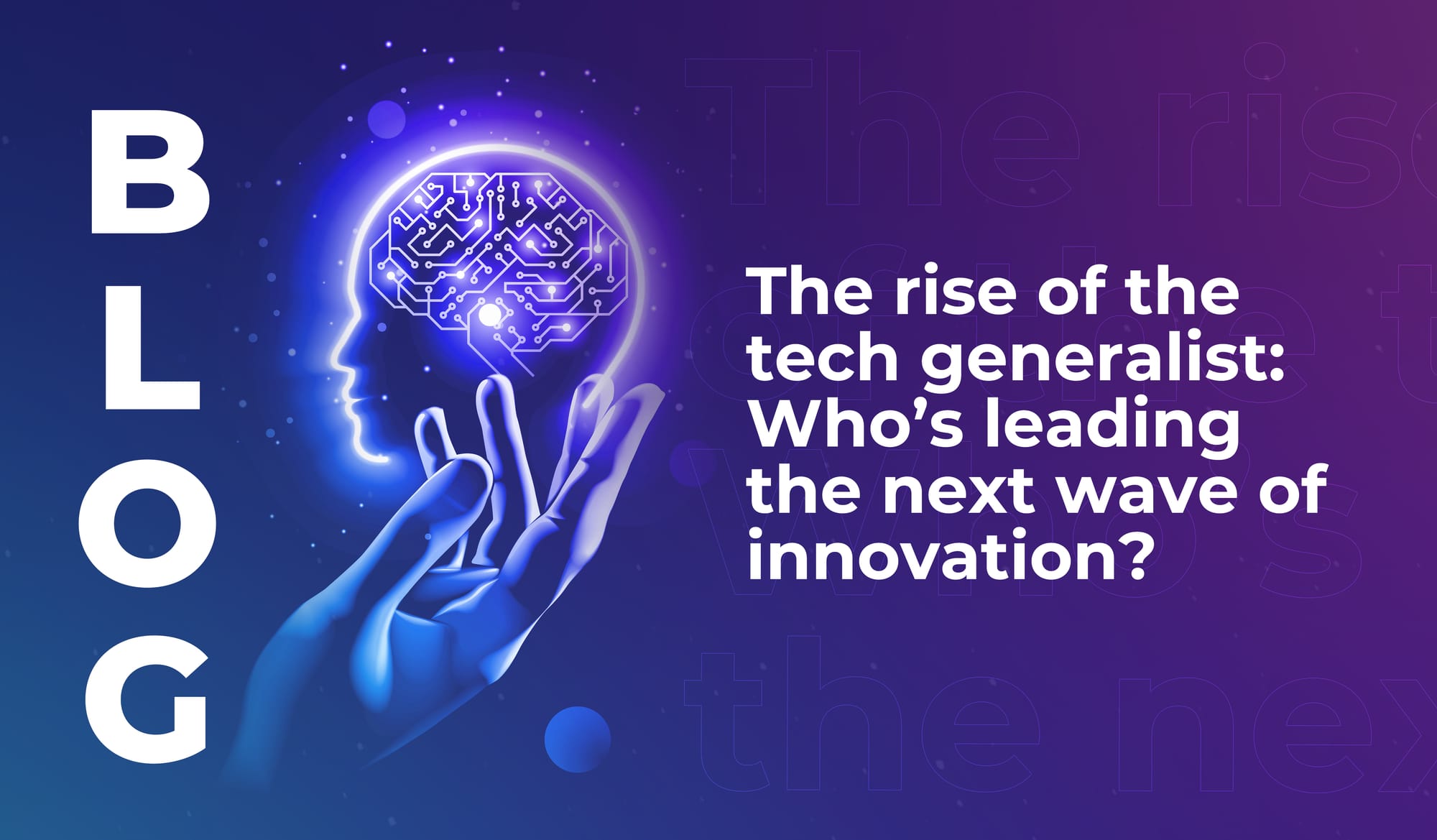
Tech careers with impact: The power of investing
If you’ve ever thought about becoming a tech investor, read this – learn why investors are the quiet force shaping the future of the industry.


The impact of social media on youths is increasingly a source of international debate. Whilst recent questions around social media affecting mental health has paused the development of Instagram’s Kids product, how long until similar platforms exist? How worried should we be about the effects of social media on young people? To find out, we spoke to futurist and tech expert, Tannya Jajal.
Here are her thoughts.

Social media for children is imminent
For all the debate around the danger of social media for children, the reality is that their existence is not far away. Aside from Instagram’s Kids project, there are numerous companies already creating platforms designed for young people.
“Just in the eco-system I’m in which is in the UAE, in Dubai, I’ve been introduced to three very promising start-ups that are specifically building applications for kids to socialise on,” says Jajal. “If I”m already seeing that within my small sample size, then what’s the rest of the world doing?”
It’s totally possible to have social media platforms that are positive, beneficial things for children
As the recent media coverage of the Instagram Kids project shows, social media isn’t necessarily safe for children just yet. But this doesn’t mean that we should write off all such platforms.
“It’s absolutely possible to build healthy social media platforms for children,” says Jajal. “Sites like that are not the big players yet, but there are so many ed tech start-ups with a dedicated interest in building social media platforms that are safe for children. By many measures we’re not there yet, but undoubtedly we will get there.”
When it comes to building safe social media platforms for kids, purpose is key
When sites like Facebook, Instagram or Twitter were being built, they were a revolutionary product. The biggest question their creators faced was – “Can we actually build this?” Nowadays, though, social media sites need to think more about their sites’ purpose and the values that underpin it. Doing this properly will allow companies to create sites that are safe, healthy places for children full of the potential positive effects of social media.
“The purpose of these platforms is extremely important and I think education is one of the things that’s right up there,” says Jajal. “Imagine having a platform that a young person could use which has augmented or virtual reality integrated within it that lets them learn about the world around them. That would definitely be a good thing.”
Censorship might not be as good an idea as you’d think
Blocking dubious content might seem a natural way to ensure a positive impact of social media on our youth. But, given the digital era we live in, it might prove counter-productive as a learning experience. For today’s young people, it’s crucial to become savvy about distinguishing between reliable and fake news.
“These sites should incorporate tools like phishing detectors or fake news detectors to flag potentially dubious content, then it’s there for young people to interact with it if they wish,” says Jajal. “Ultimately, we need to leave the option open for young people to think critically about the information they’re interacting with.”
Childrens’ safety on social media shouldn’t be left entirely to platforms though
The best way to have social media sites for children that are safe to use? Not leaving all the decisions in the hands of their creators. When it comes to social media for teens and children, public sector regulation has an important role to play.
“I think that you need mandates from the government to ensure that these platforms are completely transparent,” says Jajal. “If we want to protect our children, we need to put the onus on governments to ensure that these private companies are acting in a transparent way.”
Education is key – from institutions and from parents
It’s unlikely that the negative effects of social media will have been completely ironed out by the first wave of kids’ sites. That means that we need to improve the education around their usage. Ideally this should come from the education system, but parents also have an important part to play.
“Really what the impact of social media on children will come down to is how we educate young people to use them,” says Jajal. “We need to teach them that social media is just a tool to use for our benefit, alongside other things that fulfil us – like being face to face, being in nature and disconnecting from the virtual world. That’s something we can have direct influence on – both through our curriculums and at the individual level for parents.”
Ultimately, though, as we move into the metaverse, some of our worries about the platforms will vanish
In the immediate future, social media is going to move towards being a metaverse. And as it incorporates more AR and VR, this might go some way to removing concerns about social media’s effects on mental health. Instead of just seeing the photos people post to portray their life, we’ll actually get the reality of their lives.
“Ironically, the whole metaverse will bring back some of that human connection. It will make these platforms immersive and bring back the human touch,” says Jajal. “So we’re moving away from screen addiction and back to in-person connection. Ultimately, it could transform how young people socialise – for the better.”

If you’ve ever thought about becoming a tech investor, read this – learn why investors are the quiet force shaping the future of the industry.

Tech generalists will enable emerging technologies to integrate across industries and societies in meaningful ways. We still need specialists – but we also need big-picture people.

Discover three tech sectors facing a talent shortage this year. Could you find your ideal role in a high-demand sector like cybersecurity, cloud computing, or artificial intelligence?

If you’ve ever thought about becoming a tech investor, read this – learn why investors are the quiet force shaping the future of the industry.

Tech generalists will enable emerging technologies to integrate across industries and societies in meaningful ways. We still need specialists – but we also need big-picture people.

Discover three tech sectors facing a talent shortage this year. Could you find your ideal role in a high-demand sector like cybersecurity, cloud computing, or artificial intelligence?